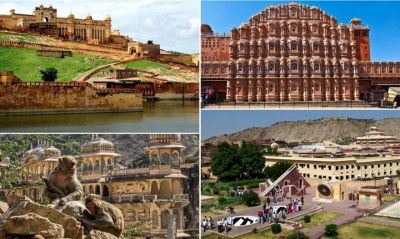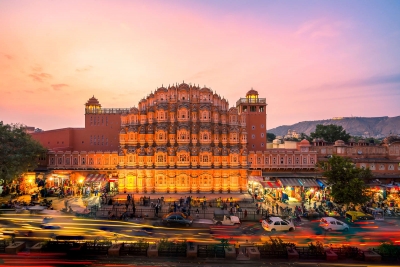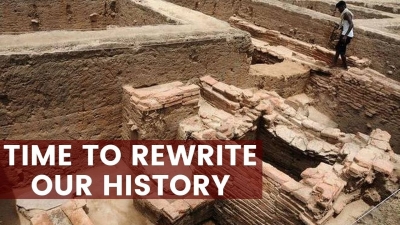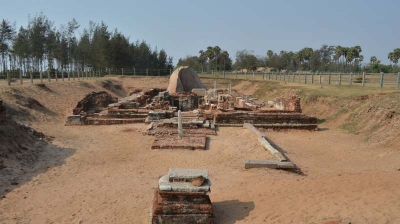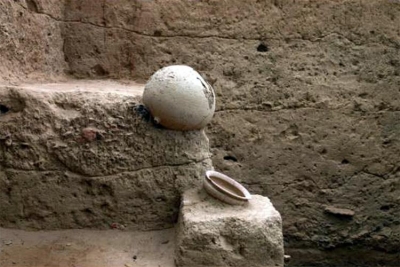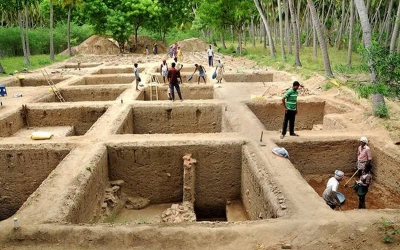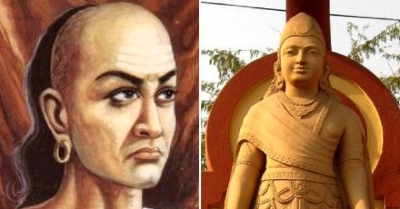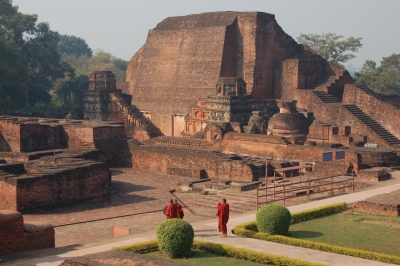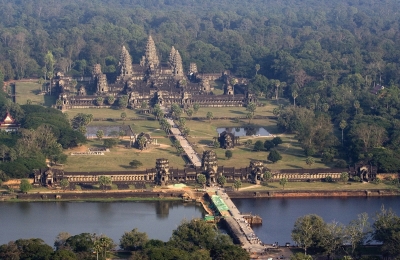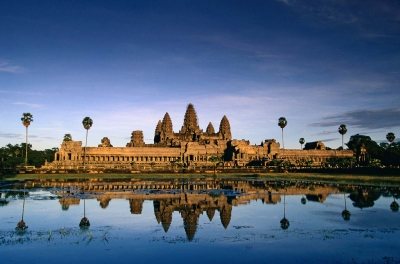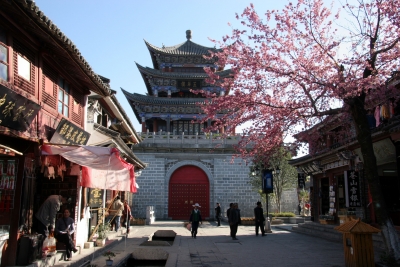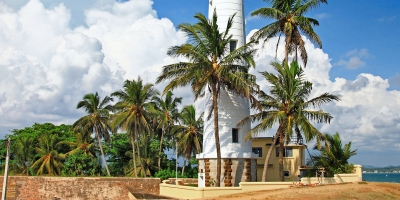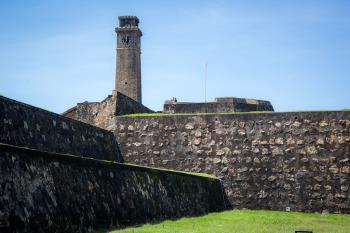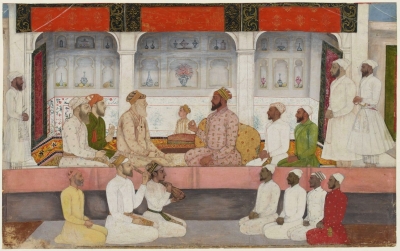
Aurangzeb’s death marked the beginning of end for the Mughal Empire. Since the kings who ascended the throne after him were inefficient, the Sayyid Brothers saw an opportunity in the ensuring chaos.
“Shah banaye, Shah giraye, Abdulla, Hussain Ali.” (They make kings and then make them fall- Abdullah and Hussain Ali) Street song about the Sayyid Brothers
It was 1713, just six years after Aurangzeb’s death. After his son Bahadur Shah’s brief reign, throne, totally controlled by his wife Lal Kunwar, who had been a courtsan. Jahandar Shah spent all his time partying and spending exorbitant amounts of money, and was such a bad ruler, that some historians dubbed him the ‘Lord of Misrule’! in this situation of near anarchy, Prince Farrukhsiyar, Jahandar Shah’s nephew, began roaming around the country trying to get support to become emperor instead.
Farrukhsiyar seeks support
In came the Sayyid Brothers, Abdulla Khan and Hussain Ali Khan Barha – men in their forties, from an old aristocratic military family. When Frrukhsiyar landed up in Patna, the Sayyids weren’t initially sympathetic towards him, but eventually agreed to support him after an imploring meeting between their mothers and Farrukhsiyar’s mother!
The Sayyids rustled up a group of malcontents, men who felt sighted or overlooked by the current emperor and built up support for their cause. Money for their mission came from raiding royal caravans as well as the usual taxes, and forced loans.
No money to pay the troops
Even as news of this rival army reached Jahandar Shah, he couldn’t be bothered to mount out a defence. As the Sayyid’s army was about to reach Dealhi, Jahandar Shah finally bestirred himself; but there was a slight problem. During the revelries of the past year, Mughal imperial troops hadn’t been paid even once. There was little money as much had been frittered away on frivolities like massive weekly ‘illuminations” of Delhi fort and river banks – like Diwali every week, for a full year!
Anyway, gold vessels from Akbar’s time were melted, then jeweled objects, then fine clothes and hangings taken. Still the cash fell short. Finally, the gold-roofed of the palace were broken and distributed to royal soldiers.
Jahandar Shah loses
Nothing worked, and Jahandar Shah lost, was captured, and duly strangled. He was the first Mughal emperor to be so unceremoniously deposed by Mughal nobles, but an awful tradition was set.
The new emperor Farrukhsiyar’s reign started with such a flurry of strangulations and executions of the defeated groups that terror started spreading amongst these nobles. Every time they were summoned for an audience with the Emperor, they took formal farewells of their families, just in case they didn’t manage to return home!
The Sayyid brothers grasped all power and high positions for themselves and their family and friends. Farrukhsiyar gradually became influenced by other factions at court, and turned against the Sayyids, and started planning on to get rid of them.
Here comes the twist
A tense see-saw state of affairs remained for the next few years. Hussain Ali Khan was sent off to “retake the Deccan” from the growing might of the Marathas, and Farrukhsiyar secretly encouraged the Marathas to kill him off! Hussain Ali Khan struck a deal with them instead and started marching towards Delhi as the head of a large army, theoretically to “attend to the emperor.” He was escorted by a large troop of Marathas!
Time to get rid of Farrukhsiyar
Farrukhsiyar was in a state of terror and briefly reconciled with the Sayyids, but once again tried to betray them the second he had a chance. Finally the Sayyids decided to get rid of him. When the palace was taken by the Sayyid’s soldiers, Farrukhsiyar took refuge in the women’s quarters of the palace and refused to step out, swearing to take revenge, while being guarded by a contingent of female Turki bodyguards!
The Sayyid brothers picked at random from the harem another prince, Rafi-ud-Darjat, a first cousin of Farrukhsiyar. They marched him off in his ordinary clothes without jewellery or ornaments, packed him unceremoniously on the magnificent Peacock throne and declared him Emperor. This sorry state is what the magnificent ‘Grand Moguls’ had been reduced to!
Farrukhsiyar was roughly recovered from the harem and dragged, bareheaded and barefooted to be presented to the Sayyids, where he was blinded publicly with a hot needle. The maimed ex-Emperor was thrown into a dark and dark prison cell, where he was strangled after some days.
Puppet kings
The king makers’ new puppet emperor, Rafi-ud-Darjat was kept under firm guard. Even his meals were not served without the order of his tutor who was a distant Sayyid relative. The young Emperor however had a wasting disease and was hopelessly addicted to opium; he died in three months.
His brother Rafi-ud-Daulah was crowned the new Mughal emperor on the Peacock Throne as Shah Jahan II, in what was becoming a fine farce. Rafi-ud-Daulah was also a puppet, and every action was dictated by the Sayyid brothers. Now this new king turned out to be as sickly as the last, and equally addicted to opium. He gave up the habit after he took the throne (or was made shock of withdrawal. He died in four months as well.
Fall of the brothers
Well, the Sayyid brothers had many options to choose from, and next installed a 17-year old Muhammad Shah on the throne. This would prove very costly for them. The other court factions, the Turanis (Central Asians) and Iranis (Persians) finally united to get rid of them. The younger Sayyid was killed in battle, and the elder assassinated. The age of the Sayyid brothers was abruptly over by 1720.
To recap, it had been only 12 years since Aurangzeb’s death. Six Mughal emperors had already come and gone. After taking the throne in 1719, Muhammad Shah went on to rule for thirty years, during which he was known more for his pastimes than for his strong work ethic. He was bestowed the moniker of Muhammad Shah Rangeela, the colourful one. The Mughal empire was already in a shambles.
Picture Credit : Google
